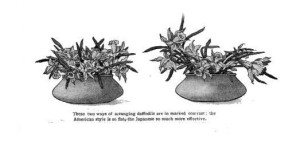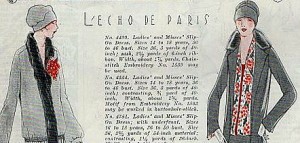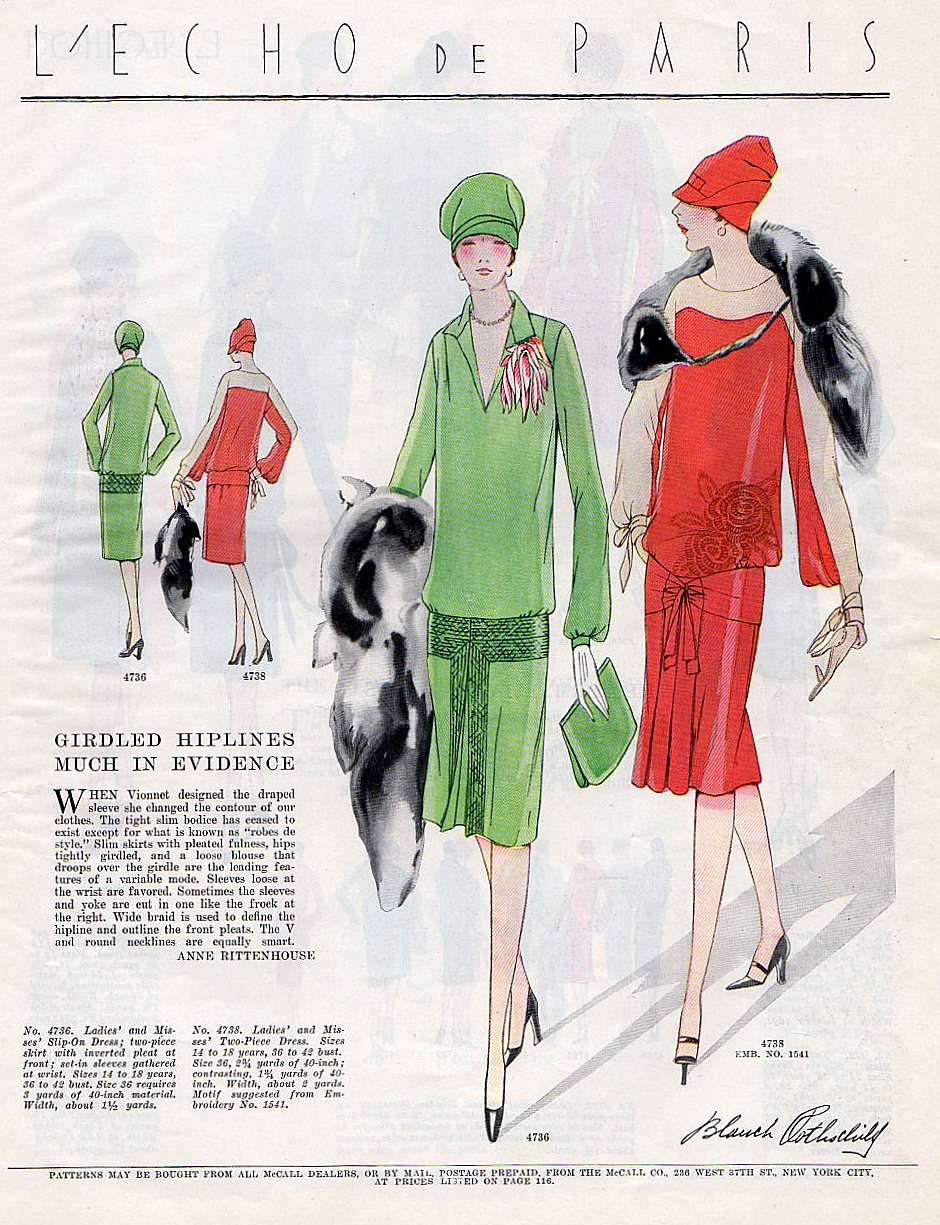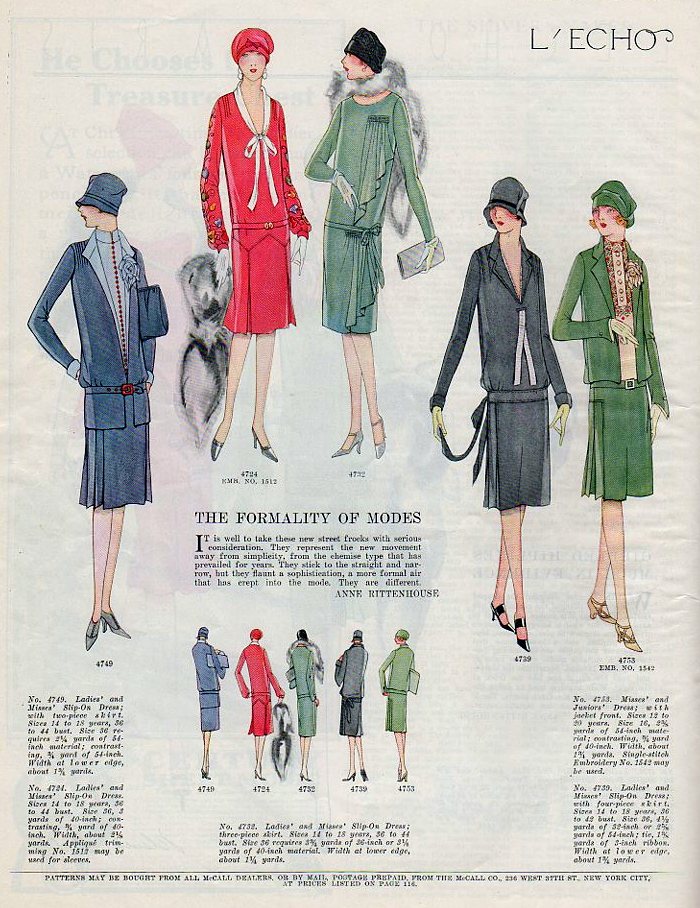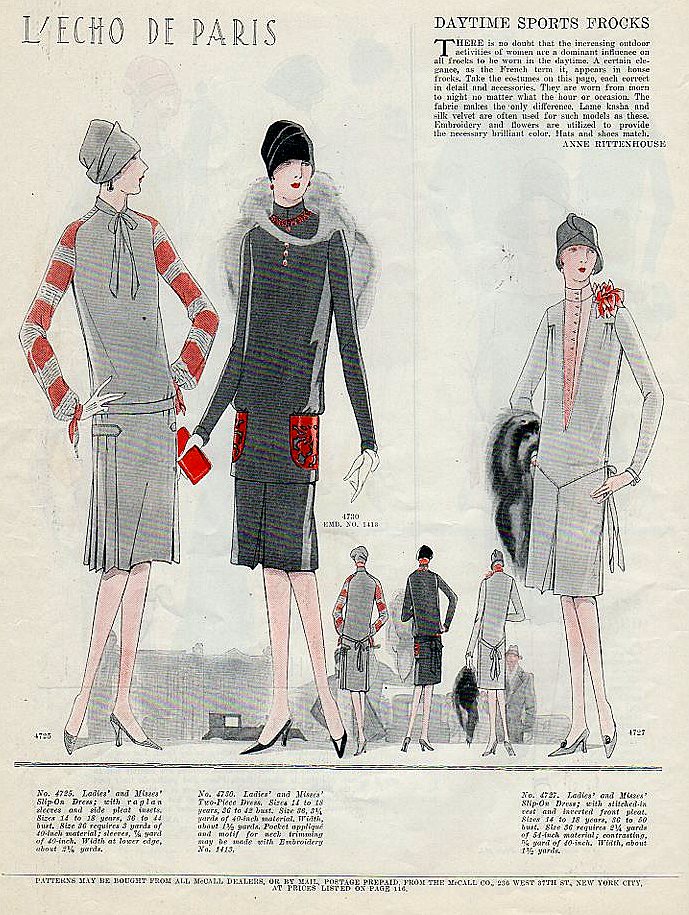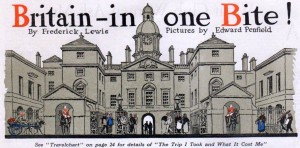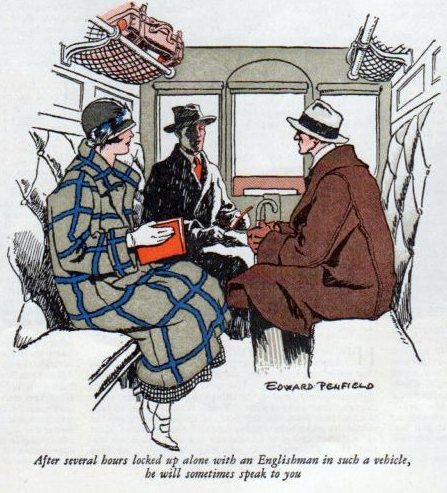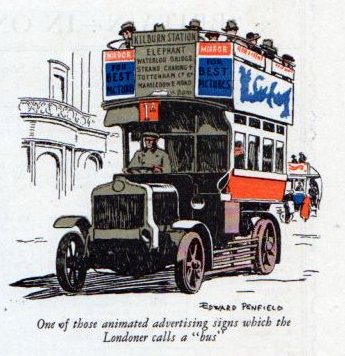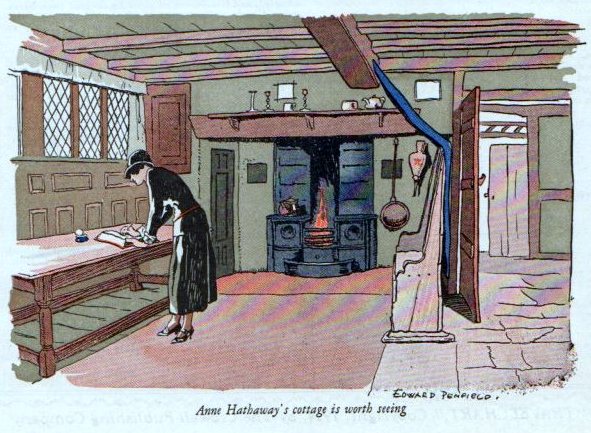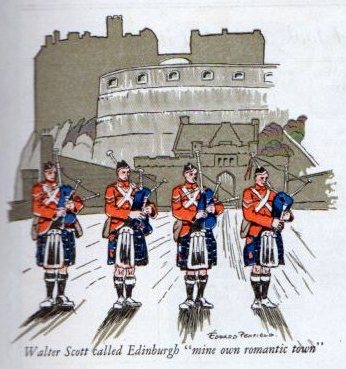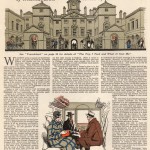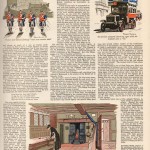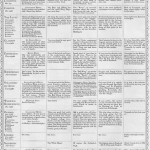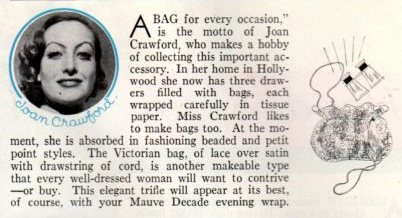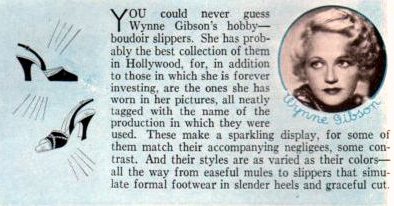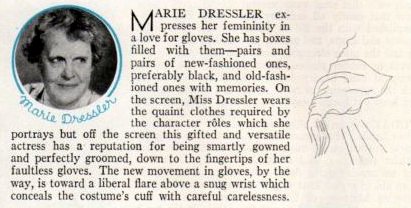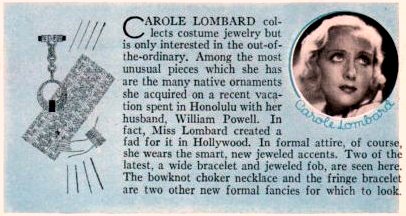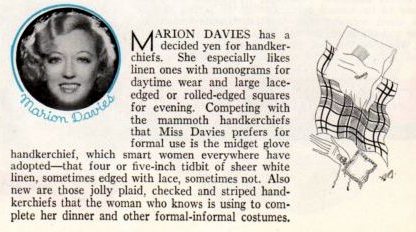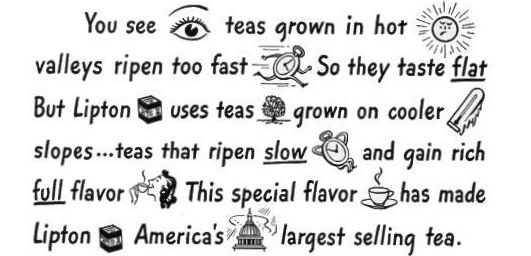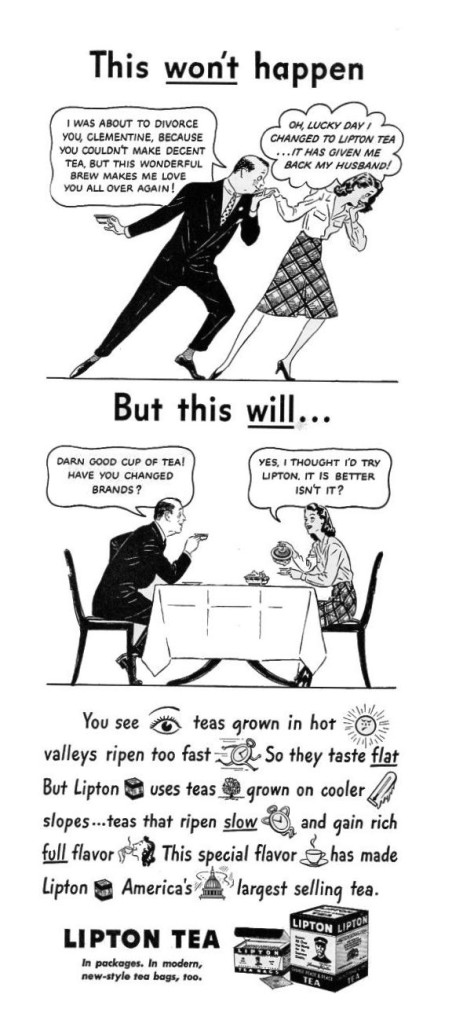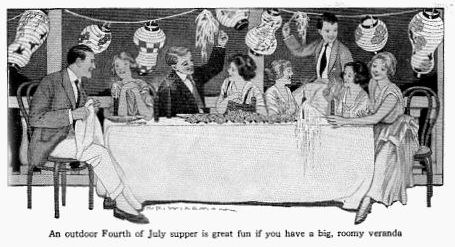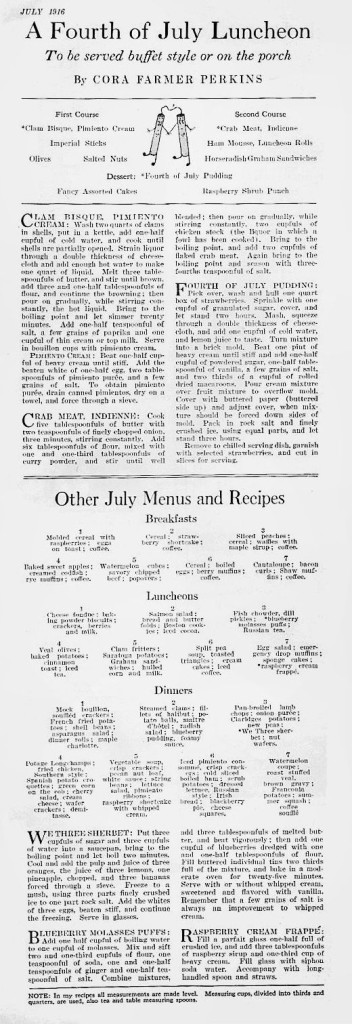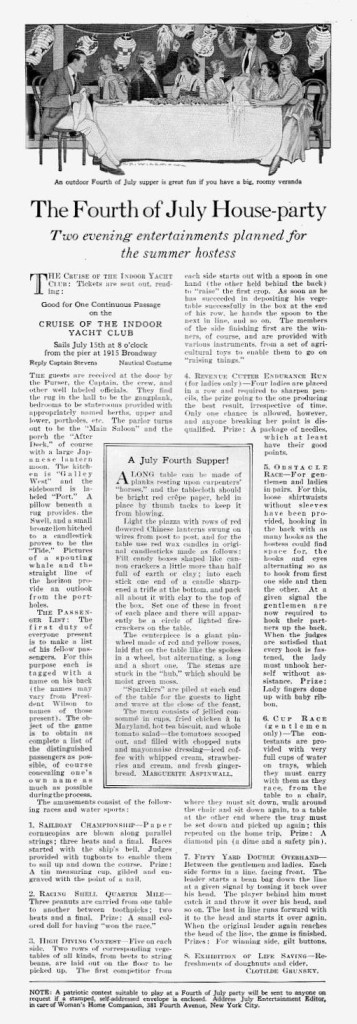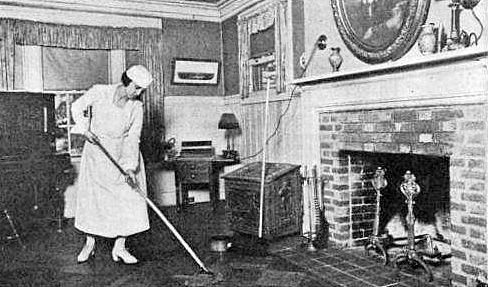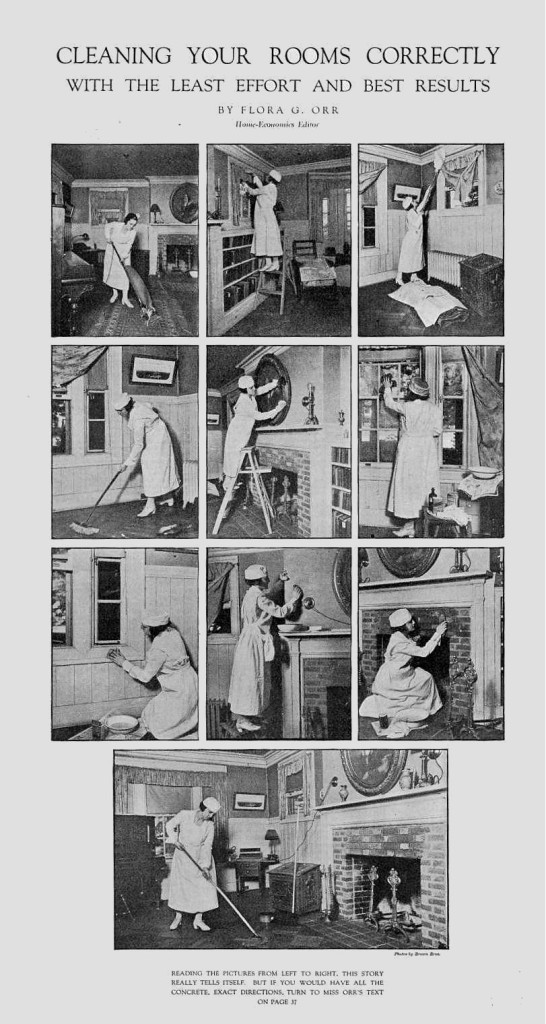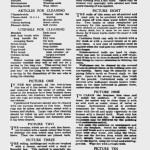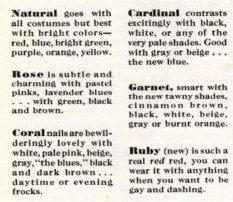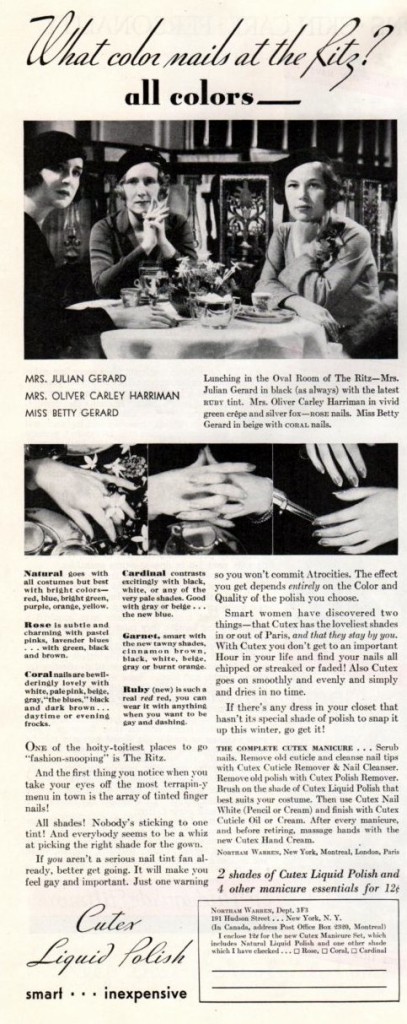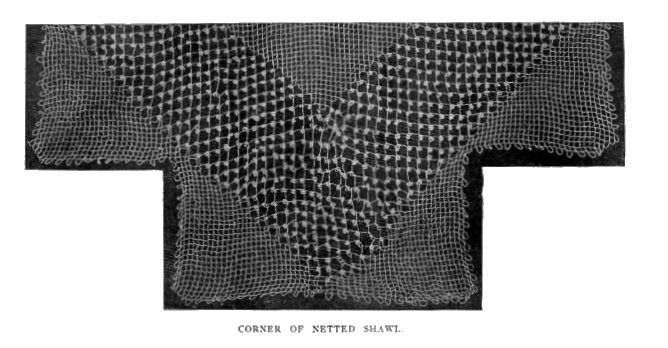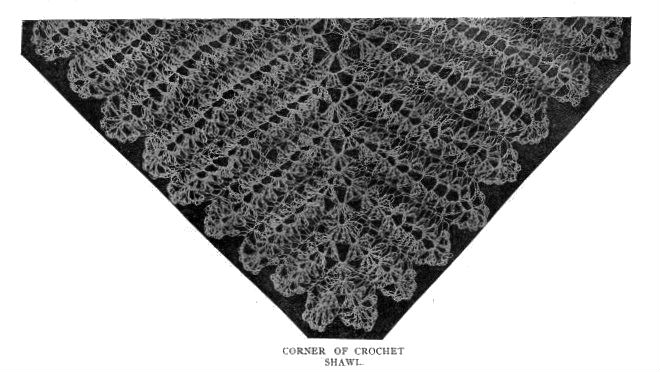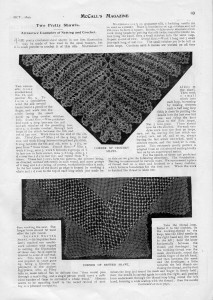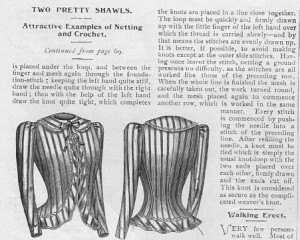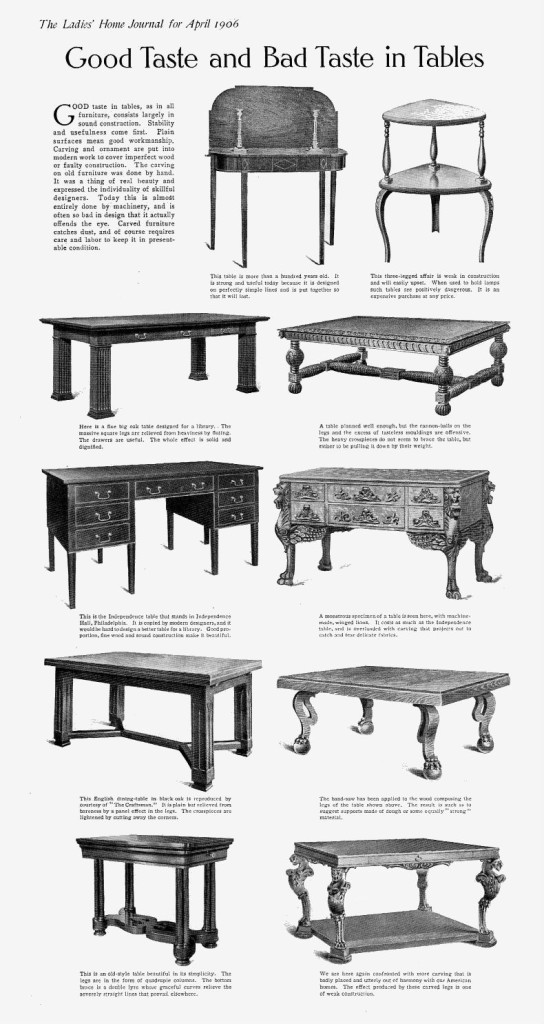“The American and the Japanese ways of arranging cut flowers are quite different, as the pictures on this page show.”
So begins the article “American and Japanese Ways of Arranging Flowers” in the June 1905 issue of the Ladies Home Journal magazine. I loved this single-page presentation immediately because it is filled with beautiful illustrations of flowers. The article is by Gazo Foudji, who I was naturally curious about after seeing his wonderful pictures here; and I found a quick description of him in the Wikipedia post Duffner and Kimberly:
They hired as their chief designer Gazo Foudji (1853–1916), also known in contemporary sources as Fudji and Fudjiyama, who was a famous Japanese artist of the period and a graduate of the Ecole des Beaux-Arts. Foudji had also worked for Tiffany and prior to that, in 1905 and 1906, for the Roseville Pottery Company and the Weller Pottery Company.
“There are two pictures given of each arrangement of vase and flowers, the one on the left being the American arrangement, and the other the Japanese.”
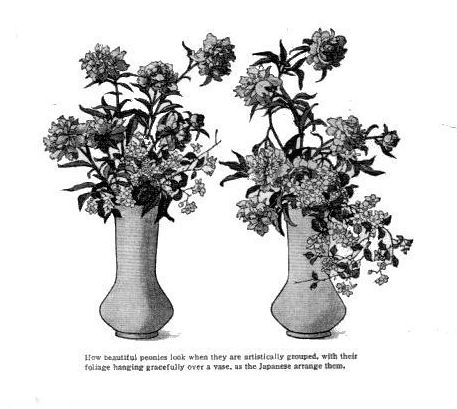
“How beautiful peonies look when they are artistically grouped, with their foliage hanging gracefully over a vase, as the Japanese arrange them.”
Here is the text of the rest of the article, as well as some of the illustrations.
“In this country people seem to try to get all they can in a vase, massing the flowers, and do not seem to realize that a flower showing its long stem and its beautiful foliage is much more effective than when it is set down low in a vase.”
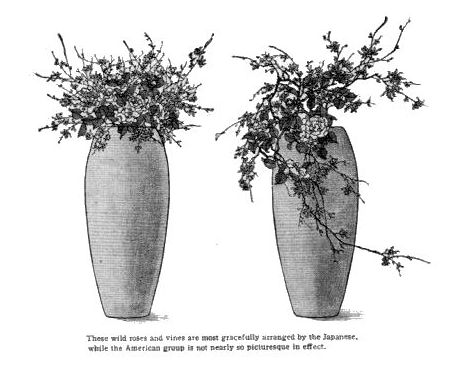
These wild roses and vines are most gracefully arranged by the Japanese, while the American group is not nearly so picturesque in effect.
“On the other hand, the Japanese are particular to arrange their flowers very carefully. They select the one that has the longest stem, and trim off the superflous leaves and the stem if necessary. This flower is then placed at the top. Then they pick out the flowers for the second position, treating them in the same way, and lastly those for third place, which are generally draped gracefully over the sides of the vase. This way of arranging the flower is called by the Japanese ‘Ben chi jin,’ meaning God, universe, and man.”

The Japanese know how to bring out all the beauty of the anemone. What a great difference there is in these two styles of arranging the flowers.
“By arranging them in this way, according to their general attractiveness, each flower shows its color and beauty without detracting from the others in the vase.”
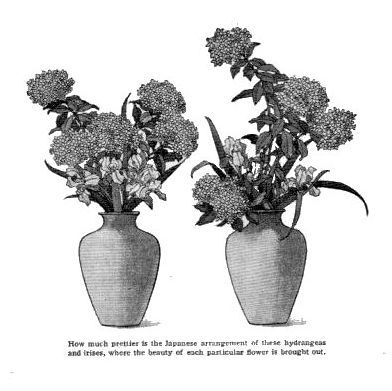
How much prettier is the Japanese arrangement of these hydrangeas and irises, where the beauty of each particular flower is brought out.
I hope you have enjoyed this selection as much as I did, and hopefully got some tips on vintage-style flower arranging out of it!

